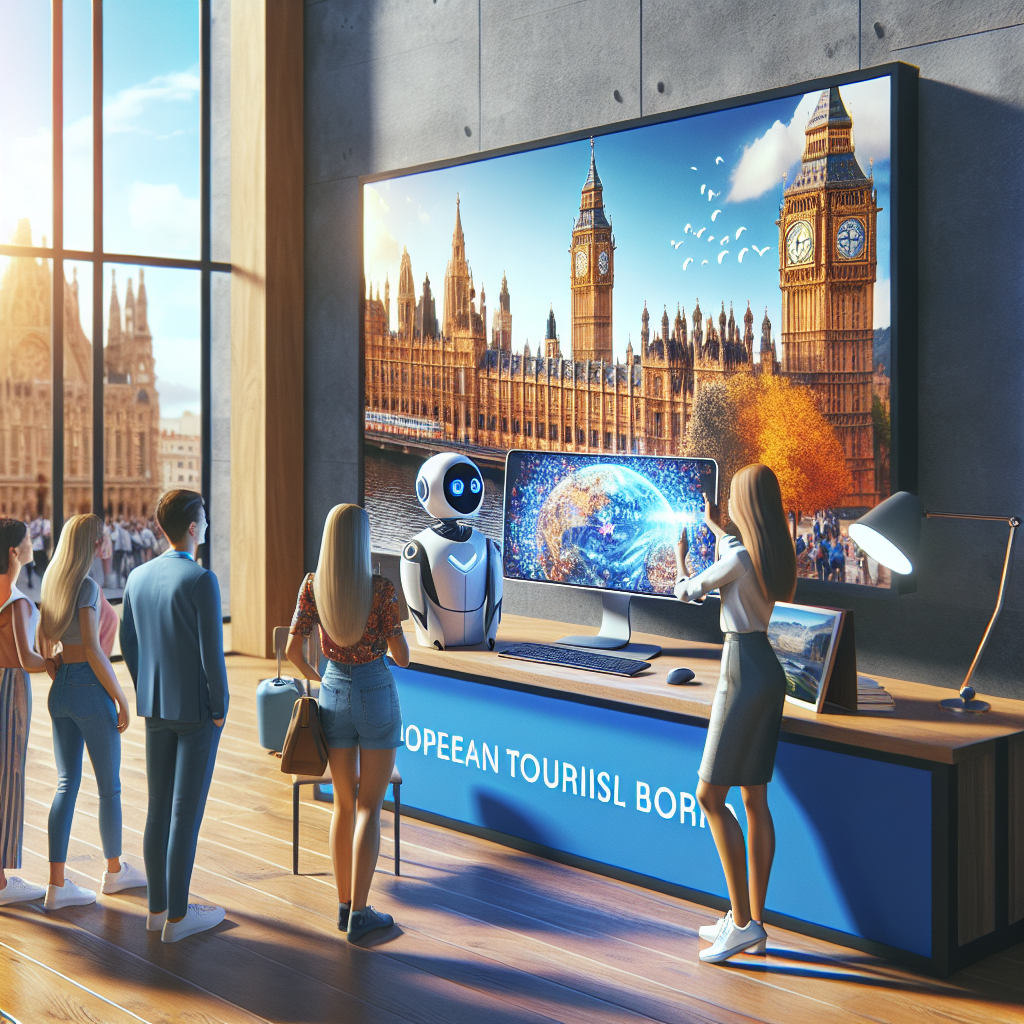AI Energy Managers Are Slashing Hotel Carbon Emissions & Costs
Energy is the single largest controllable operating cost in hospitality, averaging 6–10 % of total revenue. In 2025, AI-powered energy-management platforms are helping hotels cut utility spend by up to 28 % while simultaneously improving guest comfort (schneider-electric.com). From predictive HVAC control to micro-grid optimisation, algorithmic “energy concierges” are moving from pilot projects to brand standards across the globe.
Why 2025 Is the Tipping Point
- Soaring energy prices. European electricity costs remain 65 % above the 2019 baseline, squeezing GOP every quarter (iea.org).
- Stricter regulation. The EU’s Corporate Sustainability Reporting Directive mandates granular scope-1 carbon data from 2025 onward (ec.europa.eu).
- Cheap IoT sensors. Zigbee and Thread room sensors now retail under €10, seeding rich, real-time data streams.
- Edge AI chips. Qualcomm’s AI Edge platform processes occupancy data locally, cutting cloud latency and bandwidth (qualcomm.com).
What AI Energy Managers Do in 2025
1. Dynamic HVAC Orchestration
LLMs fuse occupancy, weather and utility-tariff forecasts to modulate room set-points every five minutes, keeping guests within ±0.5 °C of preference while trimming kilowatt hours.
2. Occupancy-Aware Lighting & Curtains
Computer-vision modules dim corridors when empty and synchronise blackout blinds with sunrise to leverage natural light (signify.com).
3. Predictive Maintenance
Vibration analytics flag failing chillers weeks before breakdown, avoiding guest-impacting outages and reducing maintenance OPEX by 12 % (hilton.com).
4. Micro-Grid & Battery Optimisation
For resorts with solar arrays, AI schedules battery discharge during peak-tariff windows, shaving demand charges by up to 18 % (rmi.org).
5. Real-Time Carbon Accounting
APIs stream live emissions factors into PMS dashboards, enabling guests to track and offset their stay in-app (amadeus.com).
Case Studies
- Accor × Deepki. 200 properties saved 21 % energy YoY after rolling out AI set-point optimisation (accor.com).
- CitizenM. Uses Kieback & Peter AI BMS to auto-close windows when PM₂.₅ rises, improving IAQ scores by 15 % (hotelmanagement.net).
- Six Senses Ibiza. Edge-based occupancy AI cut diesel-gen runtime 40 % during 2024 summer season (sixsenses.com).
Vendor Landscape & ROI Snapshot
| Platform | Focus | Typical Savings* | Pricing Model |
|---|---|---|---|
| Verdant AI | Guest-room HVAC | 15–25 % kWh | SaaS per room / mo |
| Schneider EcoStruxure | Full BMS + micro-grid | 18–30 % energy | CapEx + service |
| Deepki Ready | Carbon reporting | Compliance-driven | Portfolio licence |
| Kona AI | Predictive maintenance | 12 % OPEX | Share-of-savings |
*Vendor-reported, independently audited pilots 2024-25.
Implementation Checklist
- Run an energy audit. Identify high-load zones and legacy equipment.
- Deploy sub-metering & sensors for granular baseline data.
- Integrate AI platform with PMS, BMS and utility APIs.
- Start with one wing or building to prove ROI inside 90 days.
- Upskill facilities staff on AI dashboards and override protocols.
Looking Ahead
By 2027, generative agents will negotiate power-purchase agreements autonomously and gamify guest behaviour—think “carbon-lite” discounts for opting into adaptive room set-points. Hotels that embed AI energy managers today will not only protect margins but also meet escalating ESG expectations. The sustainability race is accelerating; algorithmic efficiency is now the fastest route to the finish line.



Comments
Leave a Comment
No comments yet. Be the first to comment!